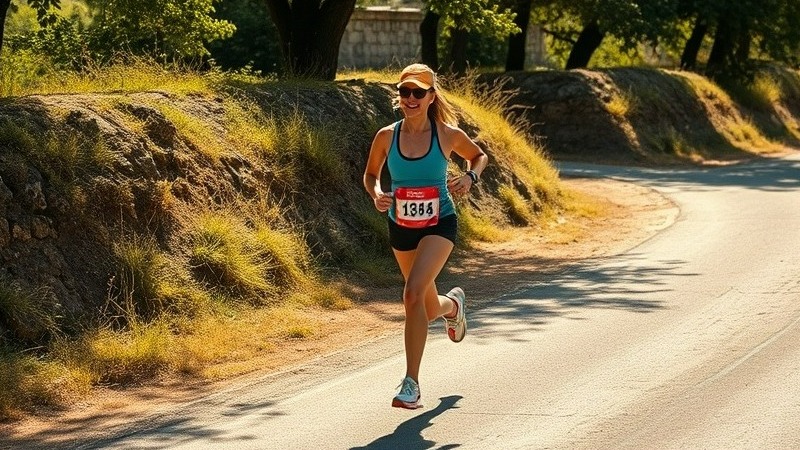
How Heat Training Helped Me Survive Summer Runs
Running in extreme heat can be daunting, even for seasoned athletes. This summer, I made the decision to embrace the challenge by implementing a focused heat training program, seeking to enhance my performance despite the sweltering conditions. By utilizing fitness technology, I was able to track valuable data that highlighted both the struggles and triumphs of my journey.
Getting Started: My Approach to Heat Training
My heat training adventure began in the spring when temperatures were milder. Armed with a Core 2 sensor to monitor my heat exposure, I aimed to adapt to rising temperatures gradually. This device, used in conjunction with a heart rate monitor, provided valuable insights, tracking my acclimatization process. With summer approaching, I was eager to see how well I could run in high temperatures.
Embracing Technology in Training
The advent of fitness gadgets has fundamentally altered how we train, and my programs benefited immensely from this technology. Alongside the Core 2, I introduced a Garmin Forerunner 570 watch that calculated a heat acclimation score. These tools offered me a quantitative look at my fitness data, which reassured me that I was making real progress. Notably, during particularly grueling 90-degree runs, I could see the differences represented clearly in the metrics.
Lessons Learned: Balancing Tech and Common Sense
While gadgets provided key insights, I soon realized their limitations. On particularly humid days, despite accumulated acclimatization points, the heat remained unforgiving. This led me to reflect on the importance of integrating common sense into my training regimen. Recognizing when to cut runs short or to prioritize hydration became invaluable as I learned that technology should aid rather than dictate my decisions.
The Shift: Adapting Runs for the Summer
This summer, I found myself pushing boundaries by committing to longer outdoor runs, often during the hottest parts of the day. Last year, my treadmill runs in air conditioning seemed comfortable, but this year I managed to accomplish 10-mile runs with a different mindset. The transition from indoor to outdoor running enabled me to face heat exposure directly, revealing both physical and mental fortitude.
What I Would Do Differently Next Time
Reflecting on the season, I’m already planning my approach for next summer. Next year, I aim for a more structured heat acclimatization plan that builds on my successes and modifies my strategies based on my experiences. Perhaps integrating morning runs alongside sauna sessions might prove beneficial, allowing me to boost my acclimation points gradually before transitioning to more intense conditions.
Connecting With Fellow Runners: The Community Aspect
Heat training isn't just a personal journey; it's a communal experience. As I shared my progress with fellow runners, I discovered diverse perspectives that enriched my understanding. Some athletes suggested alternative training methods or shared struggles, while others celebrated successes in tackling the heat. This sense of community reminded me that together we can navigate these challenges, learn, and grow stronger.
Final Thoughts: Unlocking New Levels of Performance
Ultimately, heat training this summer taught me resilience, adaptability, and the importance of balance between technology and intuition. It’s about setting realistic expectations, celebrating personal improvements, and understanding that the heat, while formidable, can be managed with commitment and proper preparation. As summer fades, I encourage fellow digital nomads and runners to explore their limits and consider how embracing the heat might enhance their athletic achievements. What insights might you uncover through your training?
As you prepare for your future runs, I encourage you to assess your training methods and implement gradual changes that may help you thrive in tough conditions.
 Add Row
Add Row  Add
Add 




Write A Comment